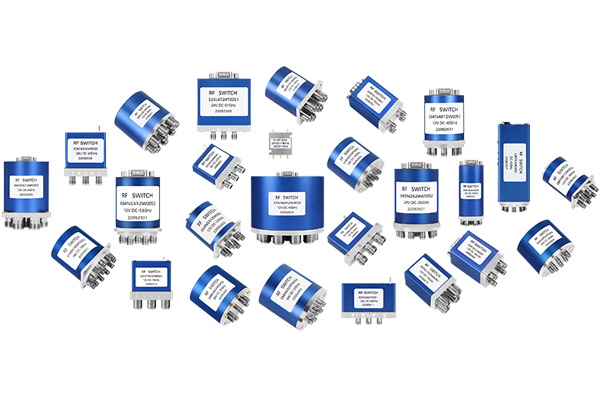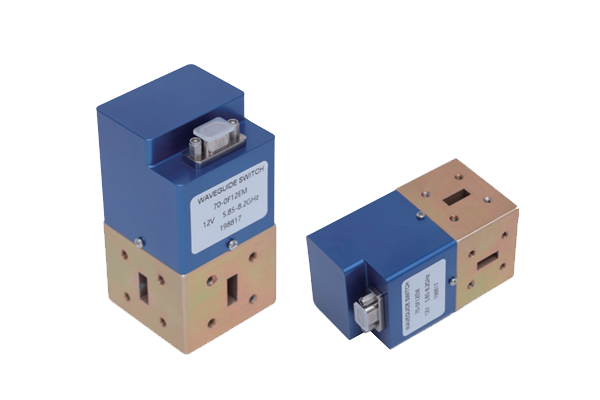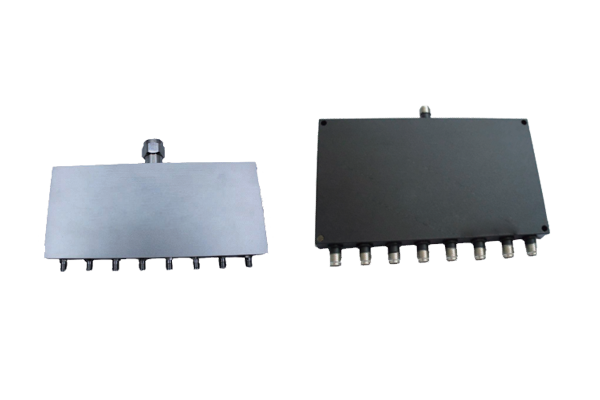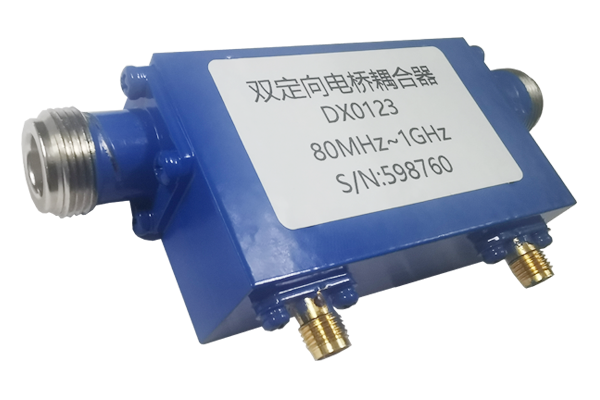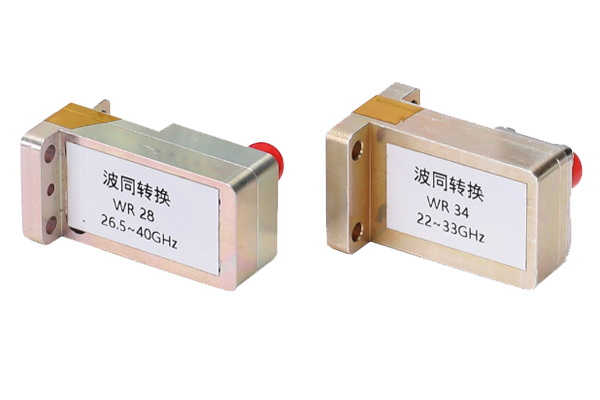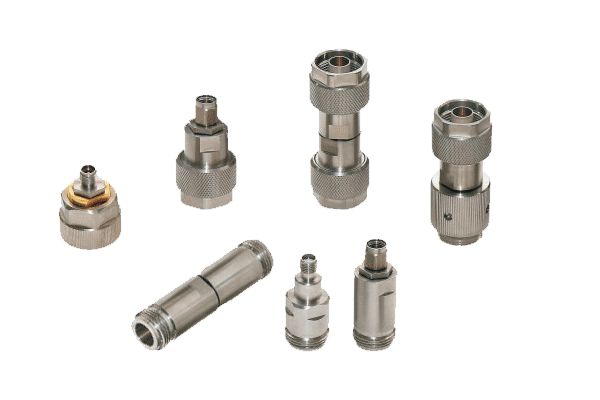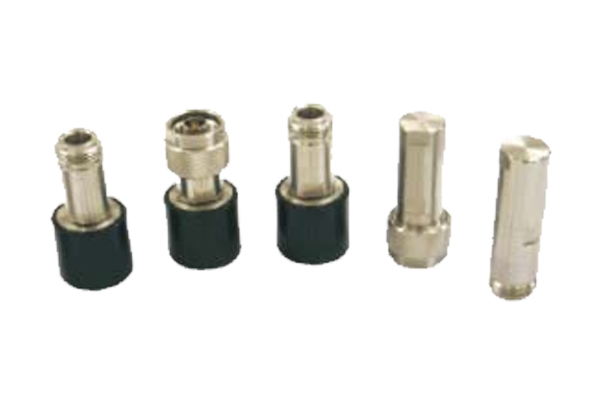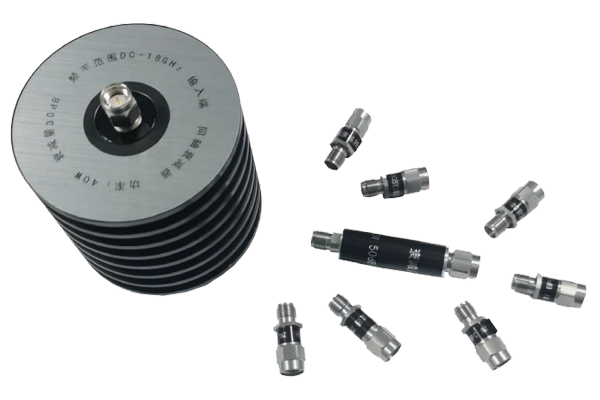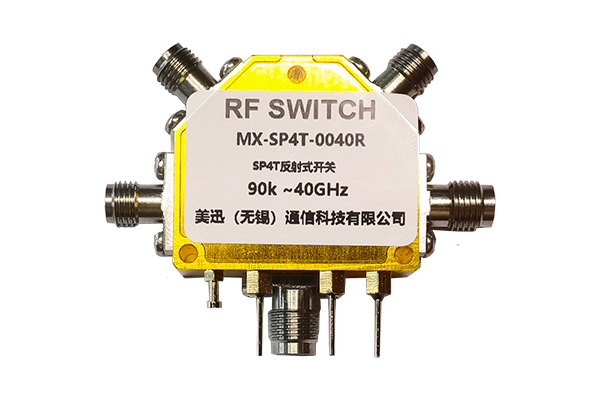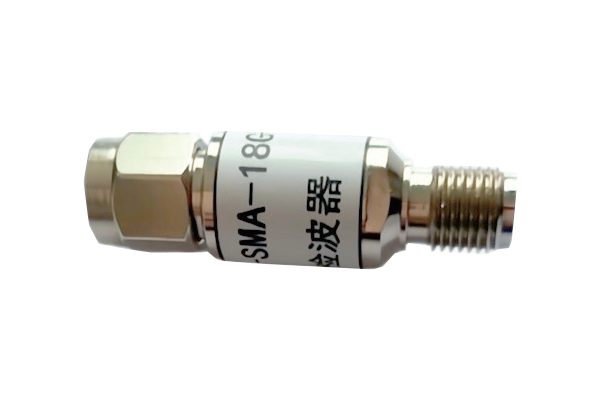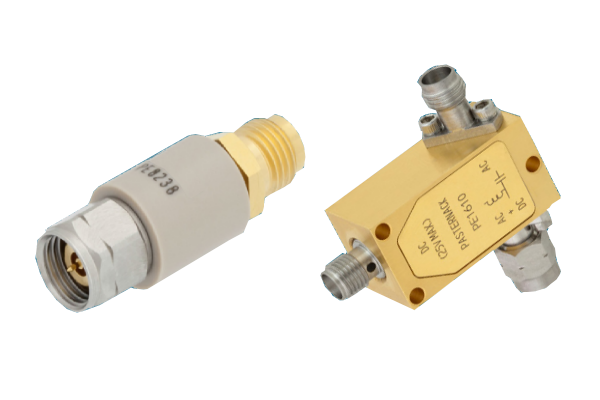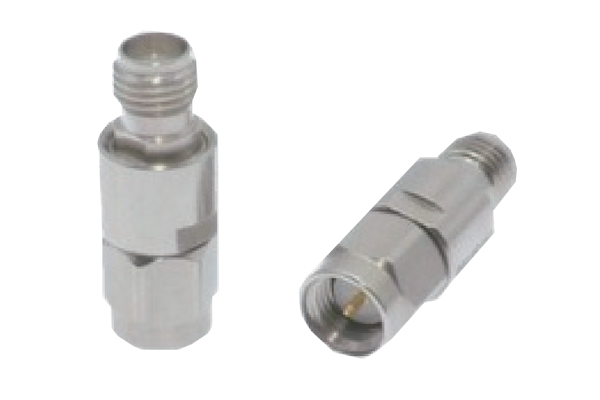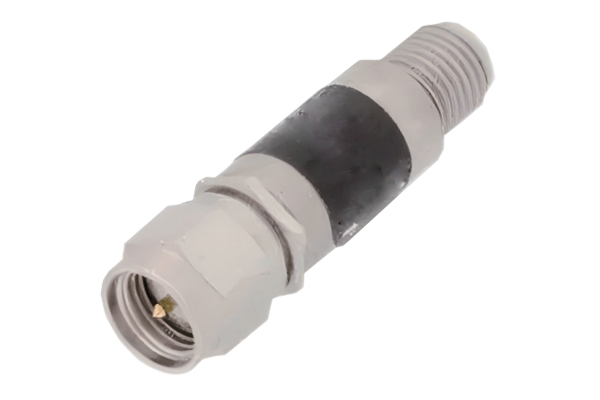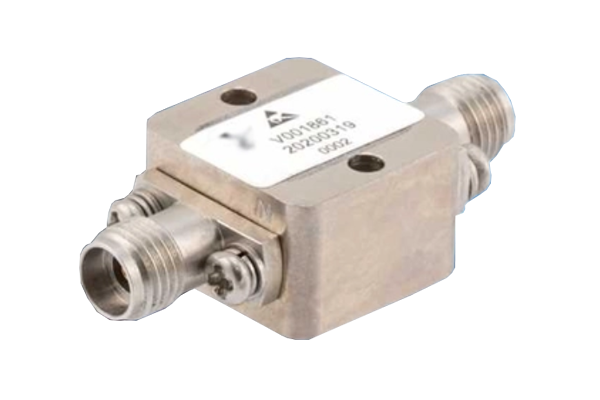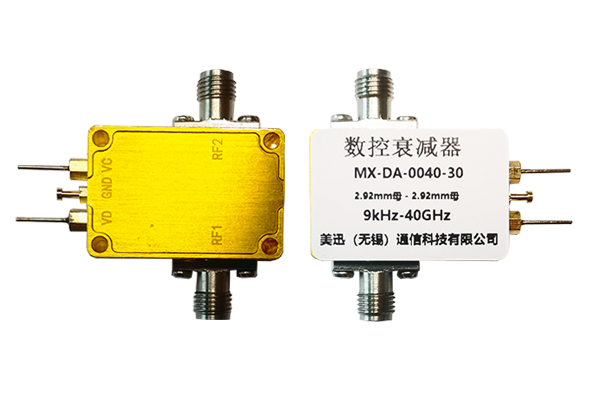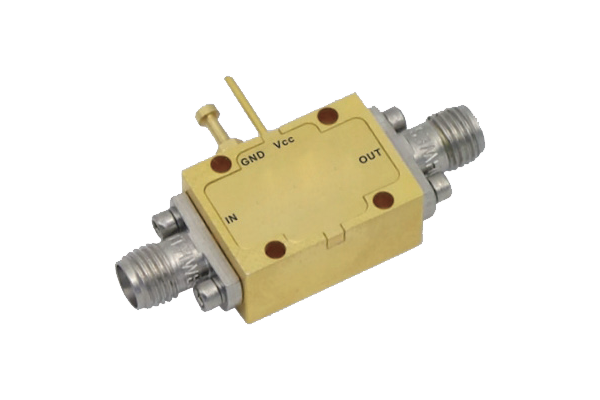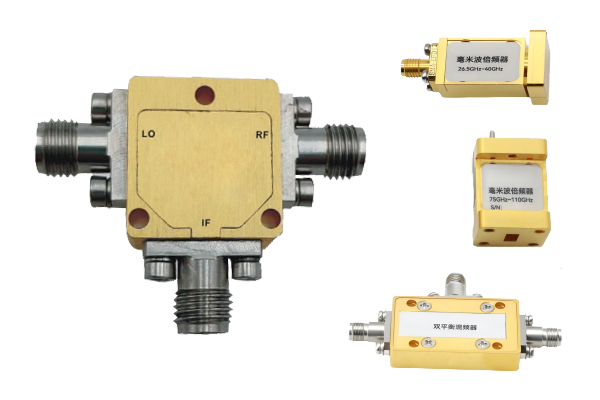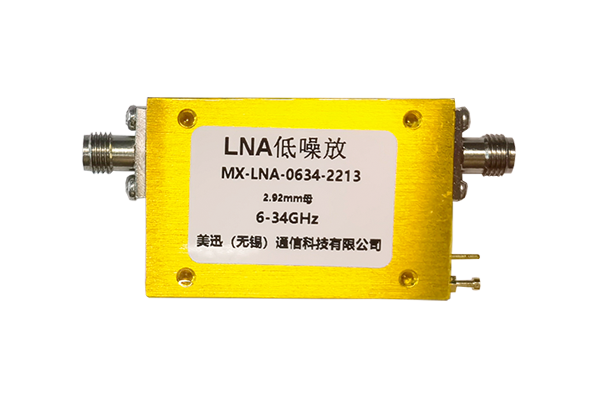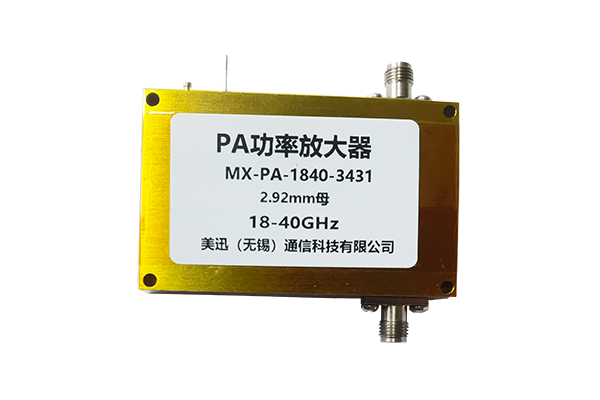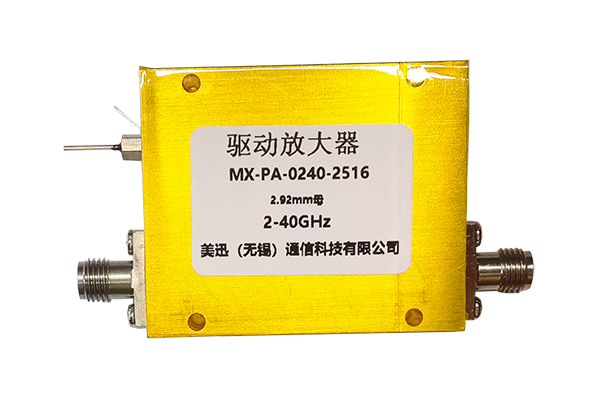How to Test the Reliability of an RF Attenuator
-
Environmental Adaptability TestThe RF attenuator is placed in environments with varying temperatures and humidity levels for continuous operation to observe whether its performance parameters remain stable. By simulating an environment with alternating high and low temperatures, its operating state under drastic temperature fluctuations is tested. The impact of humidity fluctuations on its insulation performance and signal transmission is also monitored to assess its adaptability to diverse environmental conditions.
-
Electrical Performance Stability TestThe RF attenuator is operated at rated power for extended periods, and key electrical performance indicators such as attenuation and insertion loss are regularly measured. By continuously monitoring changes in these parameters to determine whether they remain within the specified range, the RF attenuator is ensured to maintain stable performance under long-term electrical stress, preventing electrical performance drift from impacting overall system operation.
-
Mechanical Strength TestThe RF attenuator's connectors, housing, and other components are subjected to vibration and shock testing. Simulate the mechanical stresses that may be encountered during transportation, installation, and use, inspecting for loose connectors, cracks in the casing, and other structural damage to ensure that the mechanical structure will not affect the internal circuitry and signal transmission functions when subjected to external forces.
-
Long-term Operation Reliability TestConnect the RF attenuator to an actual operating system and conduct continuous, uninterrupted operation tests. During long-term operation, record its operating status, power consumption changes, and abnormal heating. Through long-term monitoring in actual application scenarios, verify its reliability and durability in real-world operating environments.
-
Extreme Condition Tolerance TestSimulate extreme operating conditions such as voltage fluctuations and electromagnetic interference to test the RF attenuator's anti-interference capabilities and overvoltage protection performance. Observe whether it can operate normally under extreme conditions and whether it suffers permanent damage, thereby assessing its tolerance and safety stability in complex operating environments.



